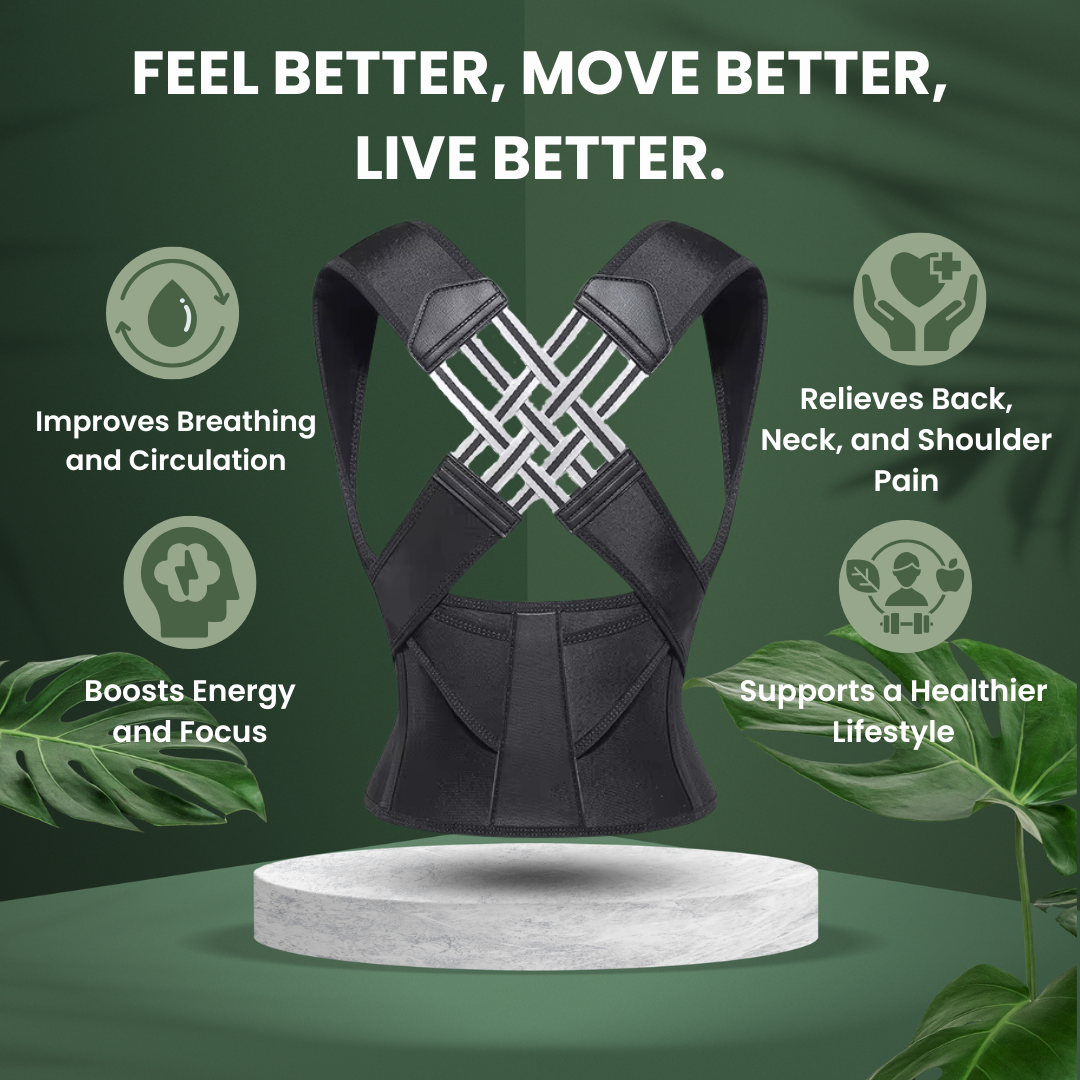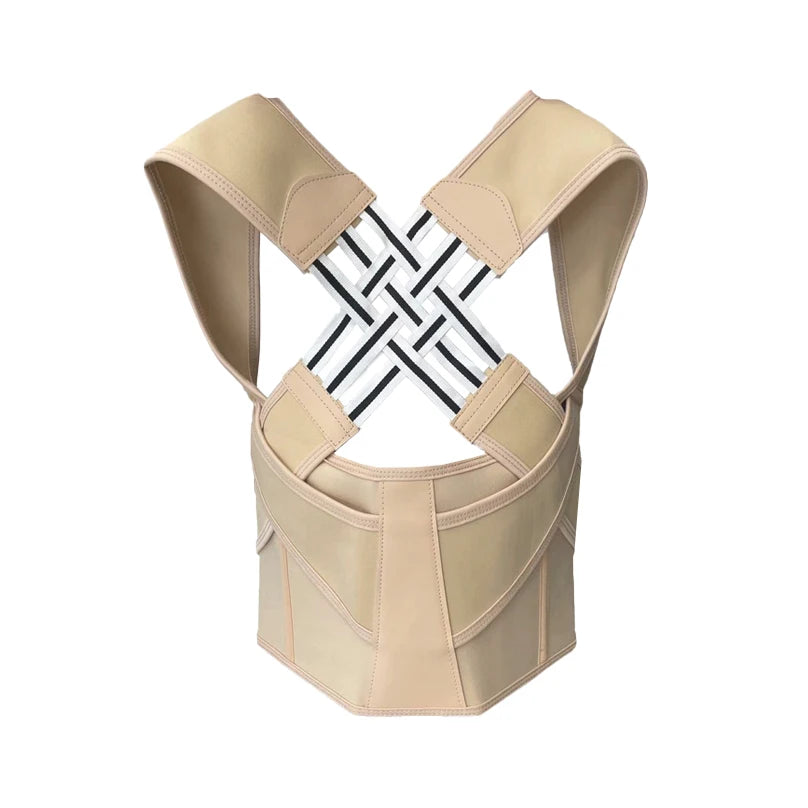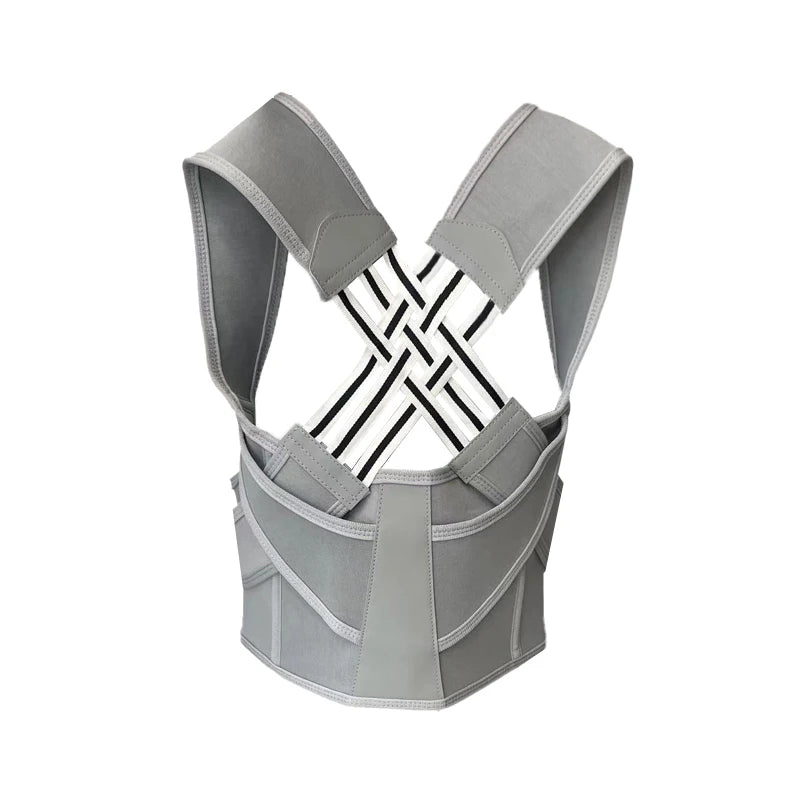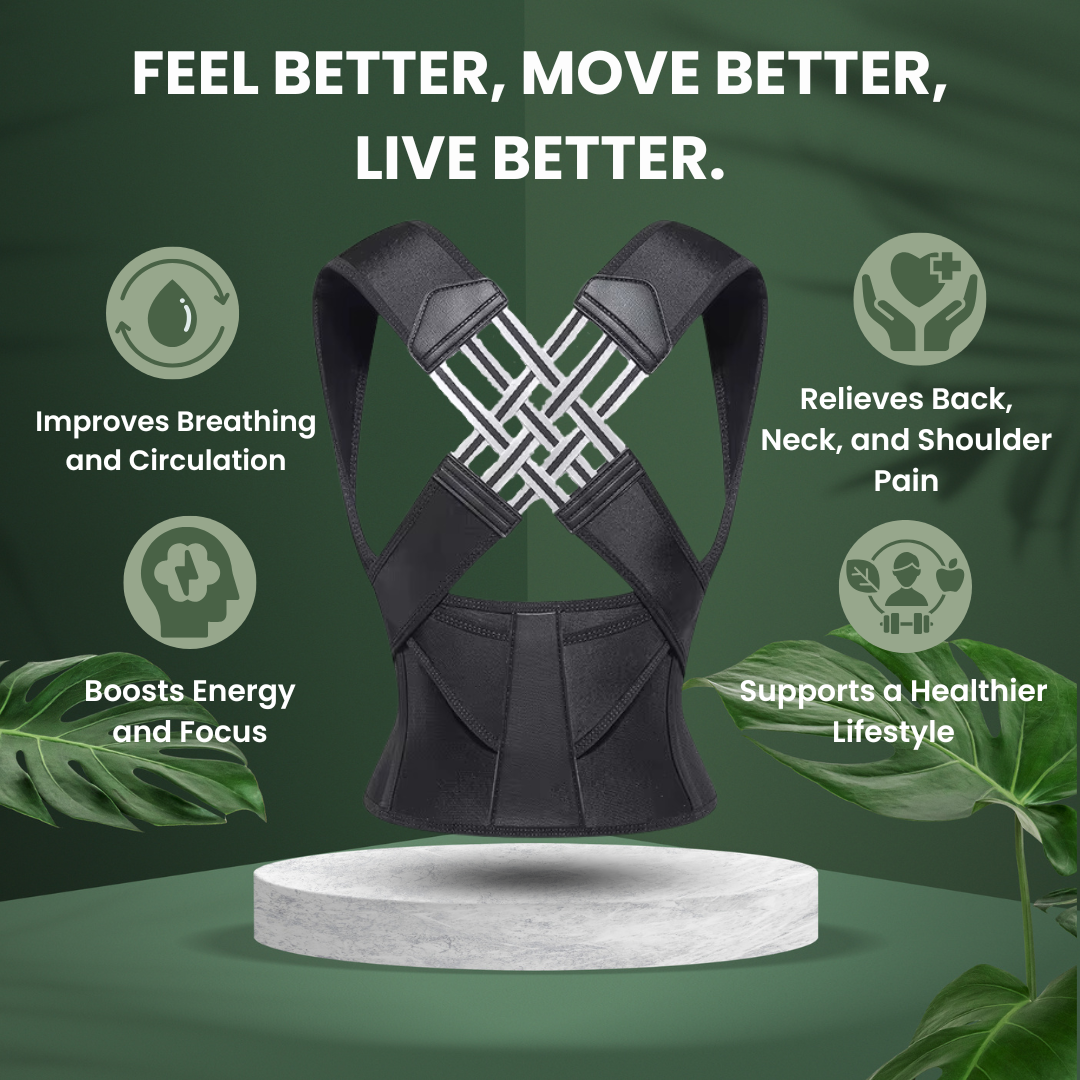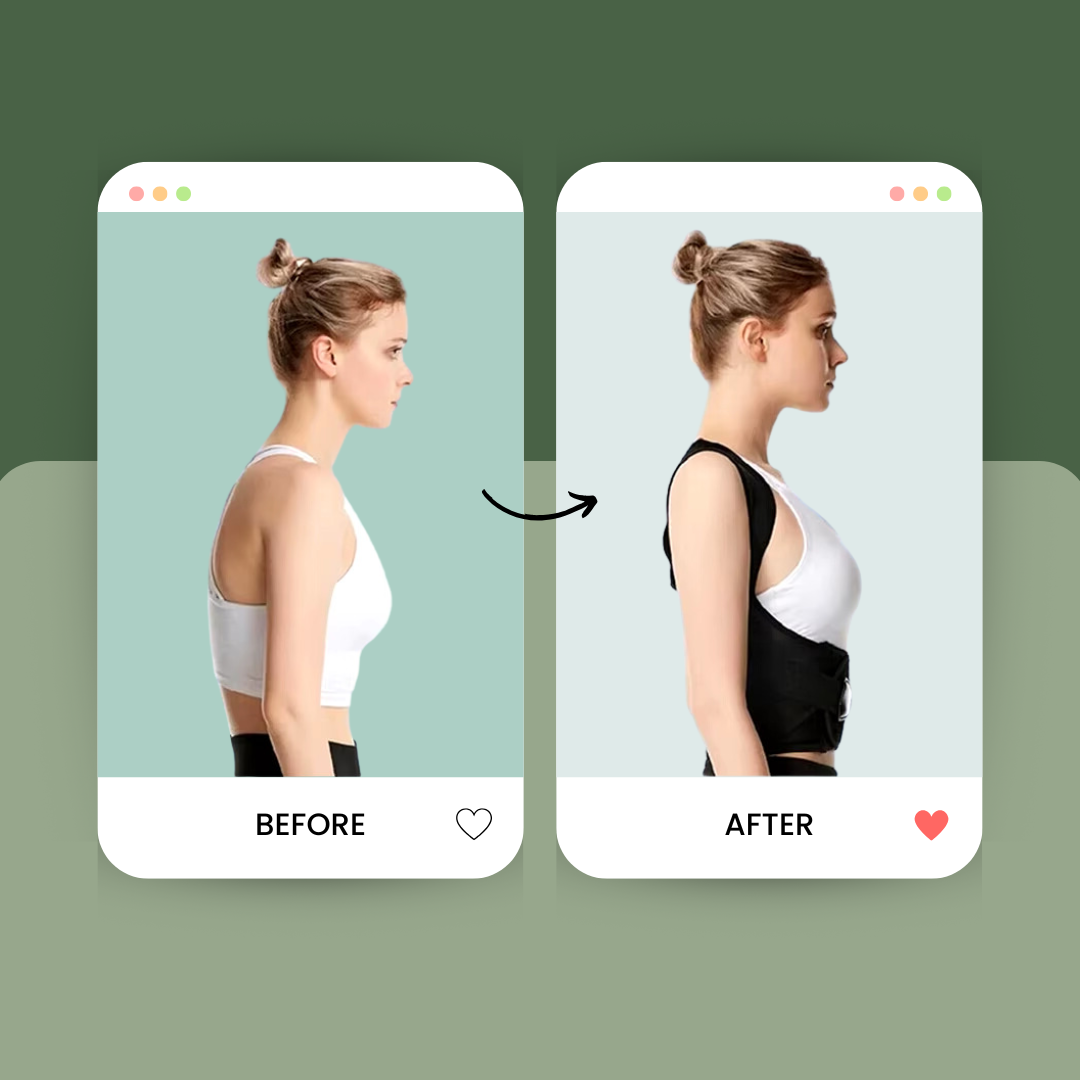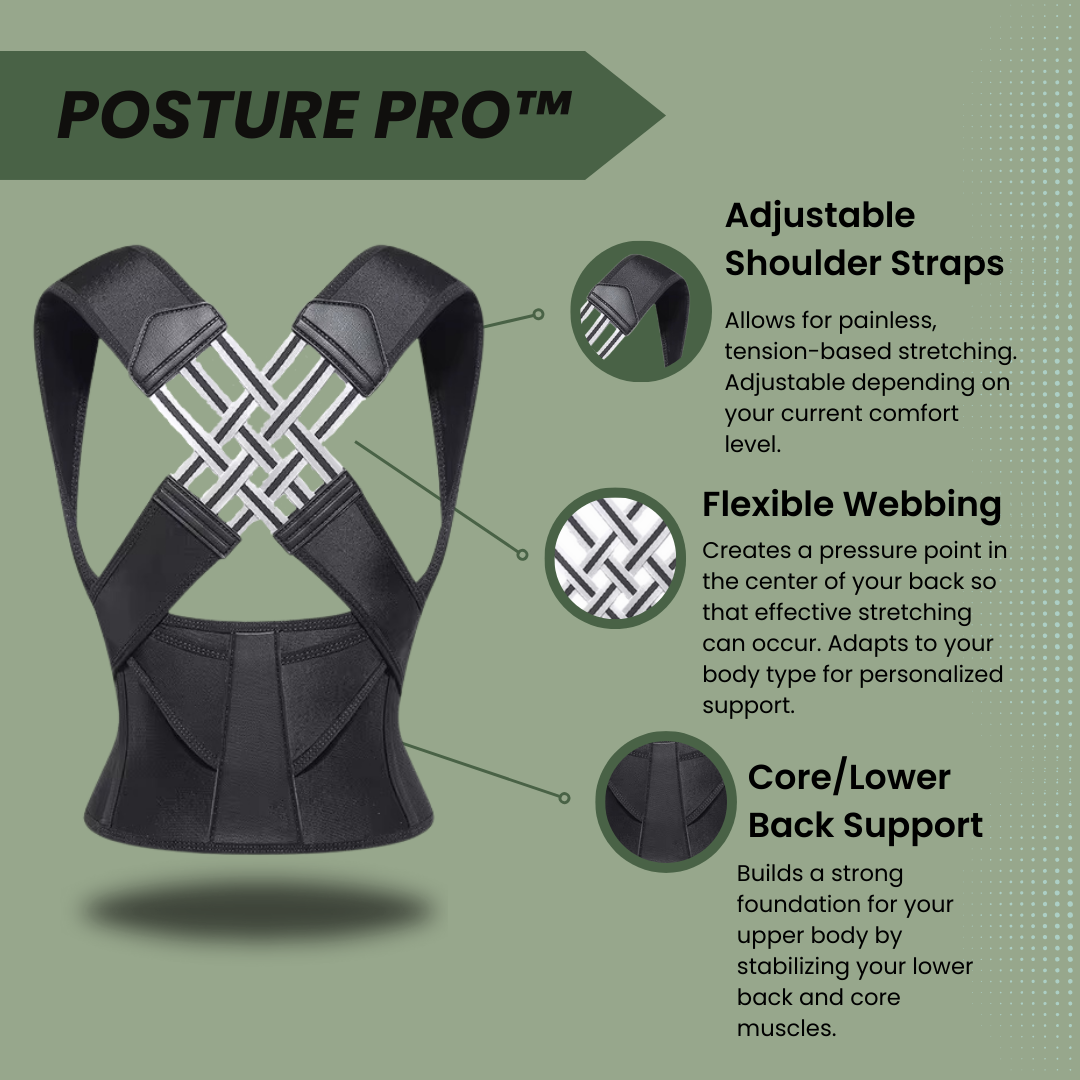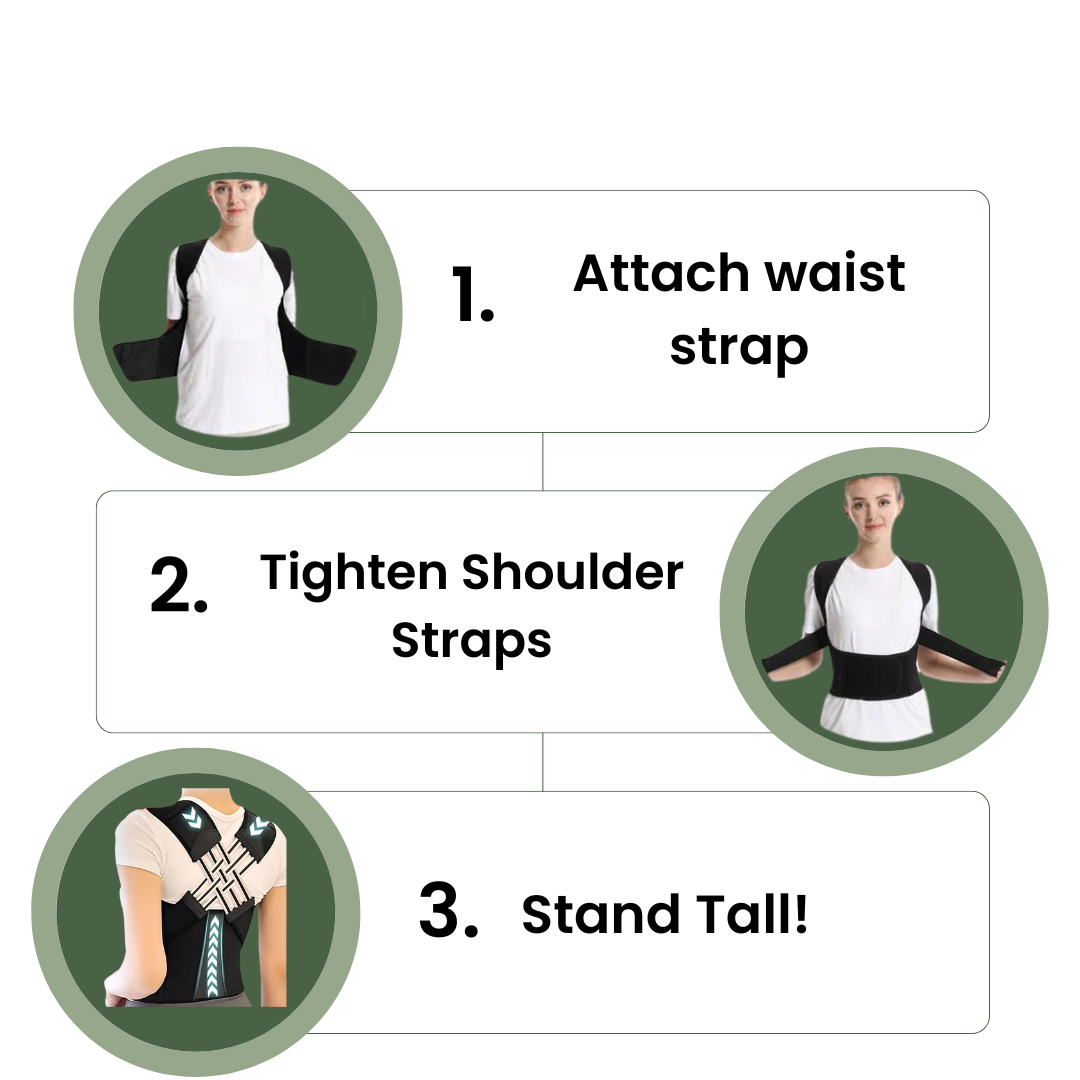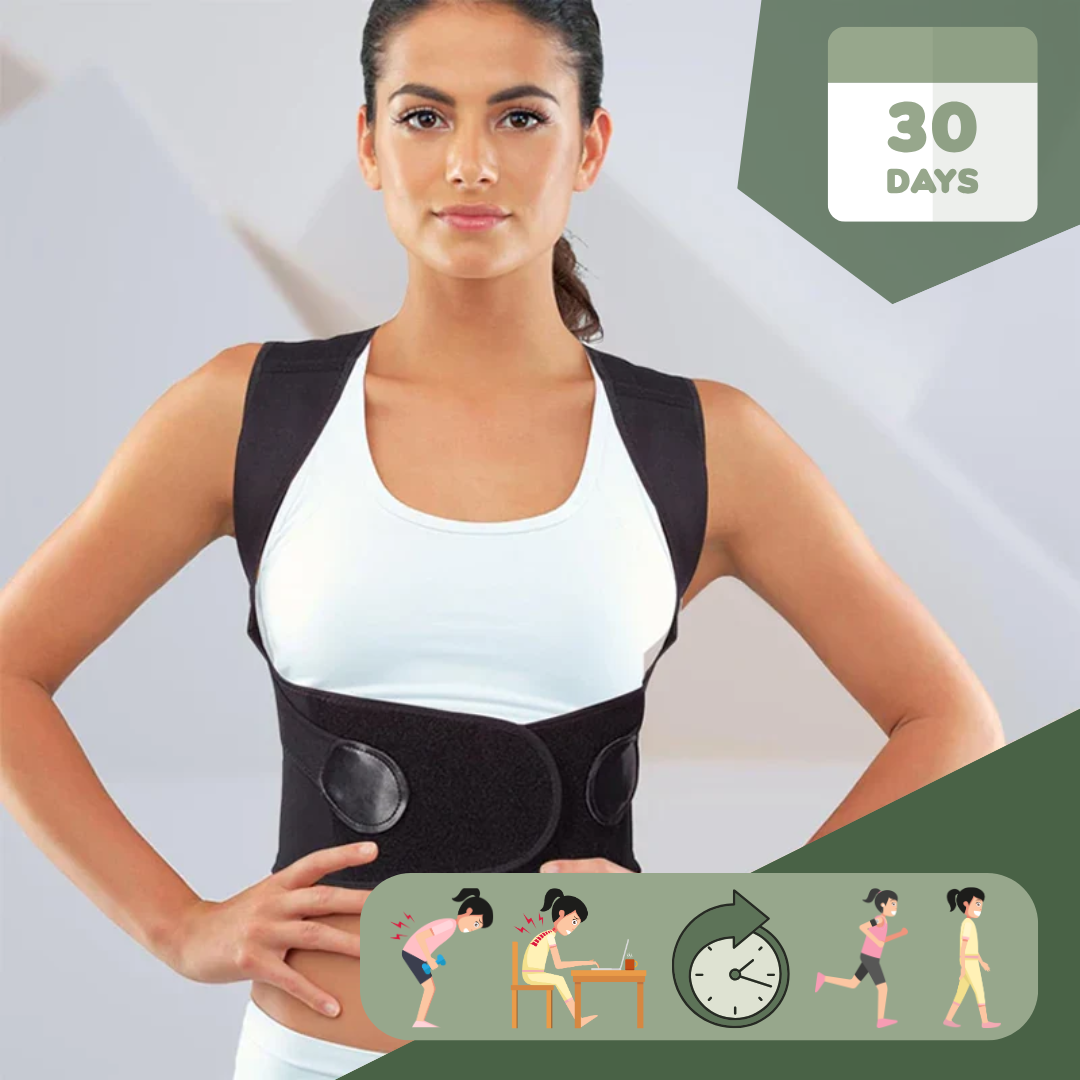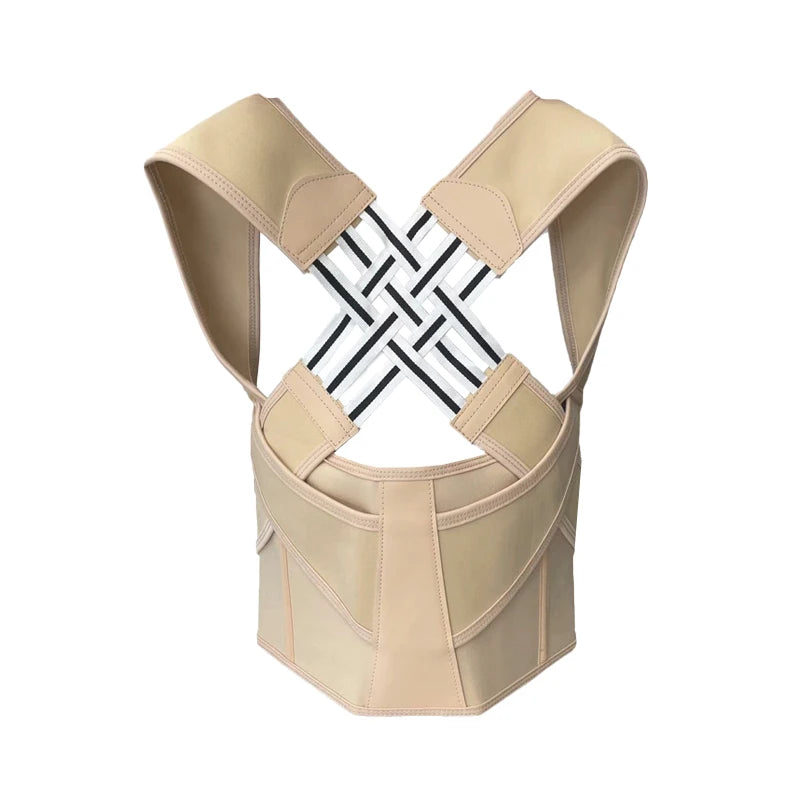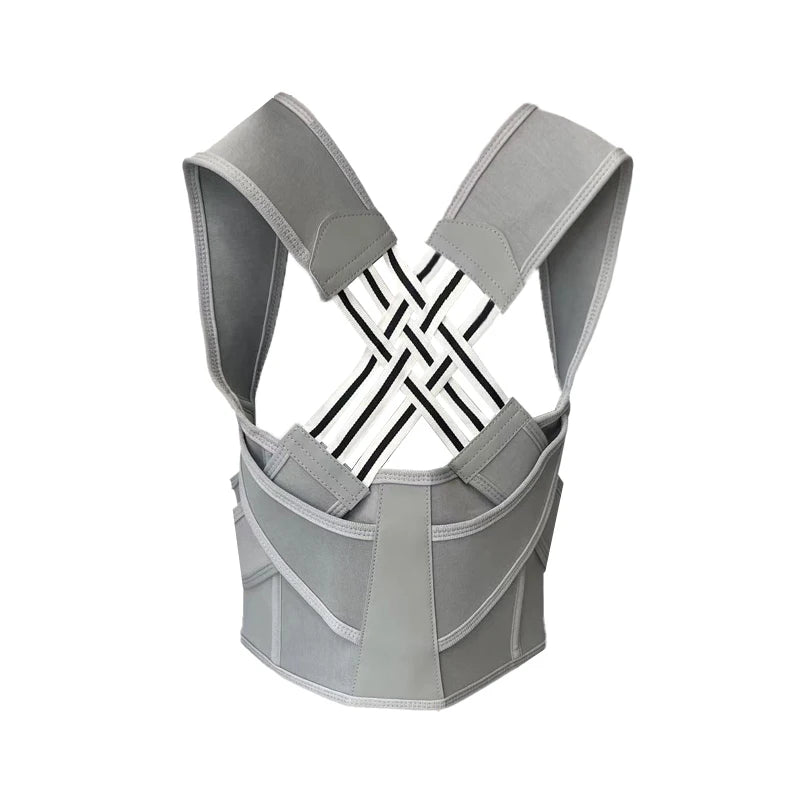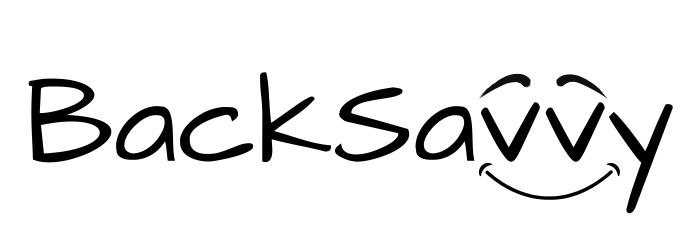Neck pain bothers many people every day. Stretching can help ease that pain. This article will show you nine exercises for neck pain relief. Let's get started!
Key Takeaways
- Stretching exercises such as neck tilts, head turns, and chin tucks can quickly relieve simple neck pain by reducing muscle tension and increasing mobility.
- Incorporating shoulder rolls and neck retractions into daily routines helps prevent stiffness from poor posture or tech neck, improving blood flow and flexibility.
- Exercises like forward bends, lateral bends, and rotations target different muscles in the neck and jaw to enhance movement range and reduce discomfort.
- Practicing these stretches regularly fosters long-term benefits in managing pain, strengthening muscles, and preventing future neck issues.
- Utilizing resources for proper technique guidance maximizes the effectiveness of each stretch for cervical pain relief.
Exercises for Simple Neck Pain Relief
Exercises for Simple Neck Pain Relief often provide quick relief. Incorporate neck stretches, shoulder rolls, and neck retractions into your routine to ease discomfort.
Neck stretches
Neck stretches can relieve simple cases of neck pain. They help reduce muscle tension and increase mobility.
- Perform neck tilts to stretch the muscles on the sides of your neck. Slowly lower your ear toward your shoulder. Hold for 15 seconds and switch sides.
- Execute head turns to relieve stiffness in the neck. Turn your head to one side, holding for 15 seconds. Repeat on the other side.
- Practice chin tucks to strengthen the neck muscles and improve posture. Gently tuck your chin towards your chest. Hold for five seconds and repeat ten times.
- Use shoulder rolls to ease tension in both the shoulders and neck area. Roll your shoulders forward in a circular motion for ten repetitions, then reverse direction.
- Try forward bends to stretch the back of your neck and upper back muscles. Bend forward at the waist, letting your arms hang down, for 15-30 seconds.
- Incorporate lateral bends into your routine to enhance flexibility and mobility in the neck area. Tilt your head towards one shoulder, holding for 15 seconds before switching sides.
- Combine these stretches throughout the day, especially if you experience tech neck or poor posture from sitting at a desk.
- Focus on breathing deeply while performing each stretch to maximize relaxation of tight neck muscles.
- Utilize resources like videos and PDFs that demonstrate proper techniques for effective cervical pain relief exercises.
These practices promote muscle tension reduction and improve overall neck flexibility while offering simple solutions for managing common issues like stiff necks or shoulder pain relief exercises effectively.
Shoulder rolls
Shoulder rolls improve flexibility and release tension in the neck and shoulders. These simple movements can help relieve stiffness and reduce neck pain.
- Stand or sit comfortably with your back straight.
- Relax your arms at your sides.
- Inhale slowly as you lift both shoulders toward your ears.
- Exhale while rolling your shoulders back and down in a circular motion.
- Repeat this movement 5-10 times to feel the tension release.
- Next, reverse the direction by lifting your shoulders forward towards your ears.
- Exhale while rolling them forward and down, repeating 5-10 times again.
- Incorporate shoulder rolls during breaks at work to combat tech neck and poor posture.
- Regular practice enhances blood flow and circulation to the shoulder area, providing relief for tight neck muscles.
Adding these exercises into your routine helps prevent future issues related to stiff neck stretches and improves overall neck mobility.
Neck retractions
Neck retractions can help reduce neck pain and improve posture. This exercise relaxes tight muscles and promotes better alignment.
- Sit or stand up straight with your shoulders relaxed. Keep your head level and look straight ahead.
- Gently pull your chin straight back towards your throat. Avoid tilting your head up or down during this movement.
- Hold the position for 5 seconds while breathing slowly. Feel the stretch along the back of your neck.
- Release your chin back to the starting position. Perform this exercise 10 times to build strength.
- Incorporate this into your daily routine, especially if you experience tech neck or poor posture at work.
- Regular practice helps decrease neck stiffness and tension, enhancing overall neck flexibility.
- Use this exercise alongside other neck pain exercises for better results in reducing discomfort.
- Neck retractions are simple yet effective for relieving tight neck muscles and improving blood flow to the area.
- Explore resources that provide guidance on proper techniques for maximum benefit from this stretch.
- Adding these into physical therapy can aid in cervical pain rehabilitation and enhance mobility in everyday tasks.
Stretches for Improved Neck Mobility

Engaging in stretches can boost your neck's flexibility and range of motion. These exercises target various muscles to help alleviate stiffness and enhance movement.
Neck rotation
Neck rotation helps improve flexibility and mobility in the neck. This exercise can effectively reduce stiffness and tension.
- Sit or stand comfortably. Keep your back straight and shoulders relaxed.
- Slowly turn your head to the right. Hold the position for five seconds. Focus on keeping your chin parallel to the ground.
- Return to the center position. Take a deep breath and relax.
- Turn your head to the left. Hold again for five seconds, maintaining good posture.
- Repeat this rotation three to five times on each side.
- While performing this stretch, keep breathing steadily. Deep breaths can enhance blood flow to the muscles.
- Regularly practicing neck rotations can lead to long-term benefits in reducing pain and improving strength.
- Perform this exercise at work or home for quick relief from neck strain.
- Neck rotation is one of many useful techniques for managing neck pain effectively.
Incorporating these movements can help release tight neck muscles and increase overall neck flexibility, making it easier to prevent future issues like tech neck or stiffness from poor posture while at a desk job.
Neck lateral bend strengthening
Neck lateral bend strengthening helps improve flexibility and reduces stiffness. This exercise targets tight neck muscles and enhances overall neck mobility.
- Stand or sit up straight with your back against a wall to maintain proper posture.
- Slowly tilt your head to the right, bringing your ear towards your shoulder. Avoid lifting your shoulder.
- Hold this position for 15-30 seconds. Feel the stretch along the left side of your neck.
- Return to the starting position gently and repeat on the left side.
- Complete three sets on each side for best results.
- Use this exercise regularly to experience long-term benefits in reducing pain and improving neck strength.
- Incorporate this into daily stretching routines for effective neck pain management.
- Adjust the intensity by increasing the duration of each stretch as you progress over time.
- Pair this exercise with other neck stretching techniques like chin tucks for greater relief from tension and stiffness.
Forward bend strengthening
Forward bend strengthening can help relieve neck pain and improve flexibility. This exercise also enhances blood flow to the neck muscles.
- Stand tall with your feet hip-width apart. Keep your core engaged and shoulders relaxed.
- Slowly bend forward at the hips, letting your arms hang toward the ground. Do not force your reach; relax into the stretch.
- Hold this position for 15-30 seconds. Feel a gentle stretch in the back of your neck and upper back.
- Exhale deeply while hanging forward. This helps release tight neck muscles and reduces tension.
- Gradually return to a standing position. Roll your shoulders back to realign the spine after the stretch.
- Repeat this exercise 3-5 times for maximum benefit. Regular practice can lead to long-term neck strain rehabilitation.
- Combine this movement with other stretches like shoulder rolls for comprehensive neck pain relief exercises.
- This strengthening move also improves overall flexibility in your neck and upper body, which can combat tech neck issues effectively.
- Include forward bends in your daily routine at home or work for consistent results in stiff neck relief and muscle relaxation.
Chin tucks
Chin tucks help improve neck posture and strengthen neck muscles. They can relieve neck pain from tech neck and poor posture.
- Sit or stand up straight. Keep your shoulders relaxed and down.
- Gently tuck your chin towards your chest. Imagine drawing a straight line from the back of your head to the ceiling.
- Hold this position for five seconds. Focus on feeling the stretch in your neck.
- Release and return to the starting position slowly. Allow your head to come back forward gently.
- Repeat this exercise ten times. You will notice improved flexibility over time.
- Perform chin tucks throughout the day, especially if you sit at a desk often. Incorporating these stretches into your routine helps reduce tension.
- Regularly doing chin tucks increases blood flow to the muscles, which prevents stiffness in the neck.
- This exercise is an effective tool for those experiencing jaw and neck mobility issues.
- Use images or video resources for guidance on proper form as you practice these exercises at home.
Incorporate chin tucks into your daily routine for effective neck muscle tension release and enhanced overall well-being while reducing neck pain.
Stretches for Neck and Jaw Pain Relief
Pain in your neck and jaw can make daily activities challenging. Simple exercises can ease tension and improve comfort in these areas.
Neck and jaw stretching exercise
Stretching your neck and jaw can ease tension. These exercises improve mobility and relieve stiffness.
- Sit or stand comfortably, keeping your back straight. Gently tilt your head to the right, bringing your ear toward your shoulder. Hold this position for 15-30 seconds. Return to center and repeat on the left side.
- Place your fingers on your chin. Slowly push your head forward while keeping your neck straight. Hold this stretch for 15-30 seconds. Feel the stretch along the back of your neck.
- Clasp your hands behind your head with elbows wide apart. Pull down gently while tilting your chin toward your chest. Hold for 15-30 seconds to feel a deep stretch in the neck area.
- Open your mouth wide for several seconds and then close it tightly. This movement helps reduce jaw tension and encourages relaxation in both areas.
- Drop one ear towards its shoulder while looking straight ahead with your nose aligned with the sky. Hold this pose for 15-30 seconds before switching sides.
- While sitting up tall, bring the tip of your tongue to the roof of your mouth, then open and close your mouth slowly five times. This simple exercise aids in releasing further tightness in the jaw muscles.
- With a straight back, roll both shoulders forward in a circular motion ten times, then reverse direction for another ten rolls backward.
- Tilt your head slightly to one side as if you're trying to touch that shoulder with that ear without changing eye level.
- Finish by taking deep breaths while gently stretching both jaw muscles by moving them from side to side for about 10 repetitions.
Incorporating these stretches can support neck flexibility exercises and help alleviate discomfort from tight neck muscles release caused by tech neck or poor posture.
Ear drop
Ear drops help relieve neck and jaw pain. This simple exercise improves overall mobility.
- Sit or stand comfortably with your back straight. Maintain a relaxed posture as you prepare for the stretch.
- Let your right ear drop toward your right shoulder. Keep your left shoulder down.
- Hold this position for 15-30 seconds. Feel the gentle stretch along the left side of your neck.
- Slowly return to an upright position. Avoid sudden movements to prevent any strain.
- Repeat on the other side by dropping your left ear towards your left shoulder. Ensure that your right shoulder stays relaxed.
- Hold again for 15-30 seconds and breathe deeply during this stretch.
- Return to the center when done. Move slowly to maintain comfort.
- This exercise can enhance neck and jaw mobility, reducing discomfort associated with tech neck and poor posture.
- Regular practice of ear drops contributes to increased blood flow in the muscles, helping with tension relief and promoting overall relaxation.
Incorporate this exercise into a routine for effective neck pain relief and improved flexibility in daily activities or workplace settings.
Conclusion
Stretching can significantly reduce neck pain. These nine easy exercises target tight muscles and improve flexibility. Regular practice eases stiffness and increases blood flow to the area.
Incorporate these stretches into your daily routine for lasting relief. Your neck will thank you!
FAQs
1. How can stretching reduce neck and shoulder pain?
Stretching exercises help to increase mobility in the jaw, neck, and shoulders. This can provide relief from both neck and back pain.
2. What are some easy exercises for neck pain relief?
There are nine easy physiotherapy exercises that focus on the shoulder and the neck area. These stretches aim to relieve associated pains.
3. Can these stretches also improve my jaw's mobility?
Yes, along with providing relief from neck and back pain, these exercises enhance your jaw's flexibility too.
4. Do I need any special equipment for these exercises?
No special equipment is needed for these stretches designed for reducing shoulder and neck pain.



